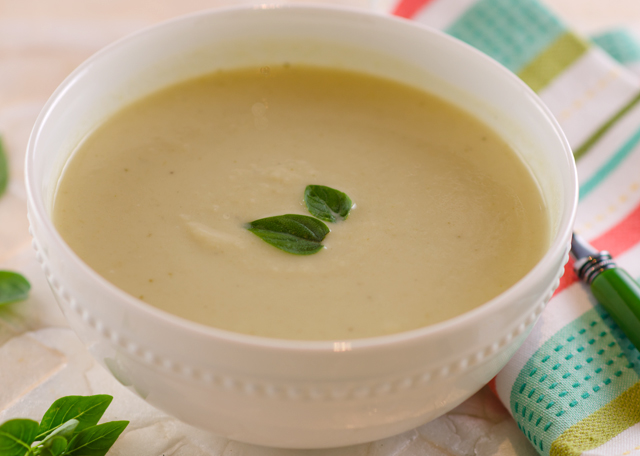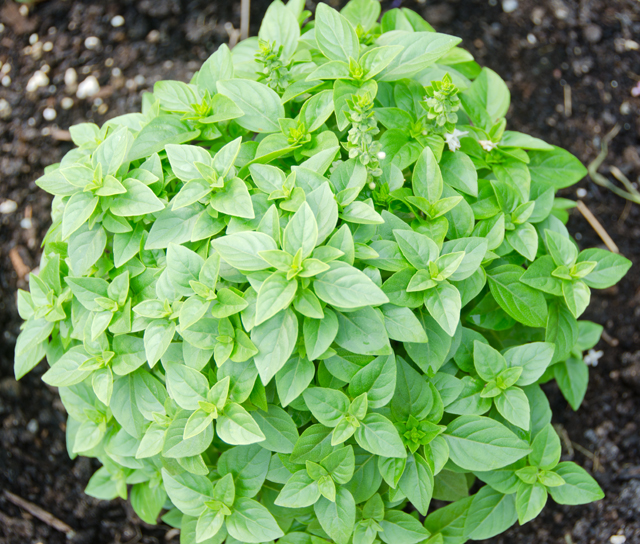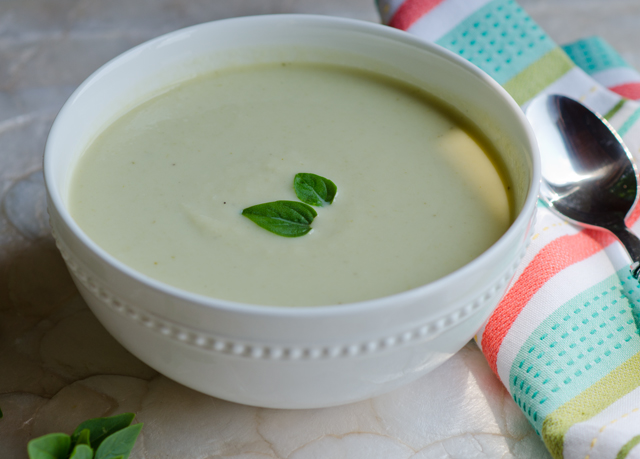When I first started cooking in the eighties, supermarkets sold broccoli with both the crown and stem, usually two pieces joined together with a thick rubber band. Back then I would whack off the stems and use the florets for stir fries and rich broccoli cheddar soup. The stems were sentenced to the compost heap or the garbage pail. Like most home cooks, I didn’t realize the stems were edible and had no idea how to cook them.
Because of my interest in Chinese cooking I discovered a recipe that changed the way I looked at using broccoli. It was a recipe for jasmine fried rice that called for peeled and diced broccoli stems. I admit I was dubious at first, but the delicate texture and sweet flavor the stems brought to the dish won me over. Now the problem became finding broccoli with the stem. Over the course of time the crown and stem combination was replaced with just broccoli crowns, sold at a higher price. Like me, consumers wanted just the crowns, so the supermarkets responded in kind. Broccoli crowns became the norm, coming at a premium price per pound.
Fast forward to the last several years, with the advent of farmers markets, food co-ops and the rising popularity of home gardens, the broccoli stem has reappeared. In the spirit of nose to tail cooking, using virtually the entirety of an animal, chefs are now embracing root to stem cooking, using as much of the vegetable as possible. Why not use broccoli stems? The main stem is entirely edible. They have the same nutritional value as the crowns or florets with even more fiber. I have found recipes using the stem for everything from salads to stir fries to roasted chips.
The original recipe for this soup called for broccoli florets only. I used the florets in another dish and in the spirit of root to stem cooking, thought the stems would work well in a soup. I sliced the stem into bite sized pieces to yield 5 cups. The sliced broccoli stems and shallots are sauteed in butter or oil. A little sherry boosts the flavors and the vegetables are simmered in either chicken or vegetable broth. Since they are more fibrous, broccoli stems should be cooked a little longer than the florets. You can either peel the stems first or put the mixture through a food mill after pureeing to obtain the smoothest texture. Thin the soup with buttermilk and garnish with mini basil leaves. Our warm temperatures called for a cold soup but this would be good warm as well.

Broccoli Basil Soup
Serves four
Ingredients
- 2T unsalted butter or olive oil
- 1 medium onion or 3 medium shallots
- 2T dry sherry
- 5c broccoli stems or flowerets or a combination of both, cut into bite sized pieces
- 2½c chicken or vegetable stock
- Kosher salt and freshly ground pepper
- 1c low fat buttermilk
- 2T fresh finely minced basil leaves
Directions
- Heat butter or oil in a large saucepan over medium high heat. Add onion or shallot and sauté until golden, about five minutes.
- Add sherry and broccoli, stir cook until sherry evaporates, about 30 seconds.
- Add stock, salt and pepper to taste to saucepan; bring to a boil. Reduce heat to simmer; cover and cook until broccoli is tender, flowerets will take about 10 minutes, stems only, 20 minutes.
- Ladle broccoli mixture into blender. Blend until very smooth, using a little of the buttermilk if needed. If using stems, place mixture through a food mill for the finest texture. Stir in the rest of the buttermilk.
- If serving hot, return soup to saucepan; cook over low heat until warmed through. If soup is too thick, stir in additional buttermilk to thin consistency. Adjust seasonings. If serving cold, refrigerate soup for several hours, taste and adjust seasonings.
- Soup can be refrigerated for three days and either served cold or reheated just before serving. Ladle soup into individual bowls. Garnish with minced basil or whole mini basil leaves and serve immediately.


